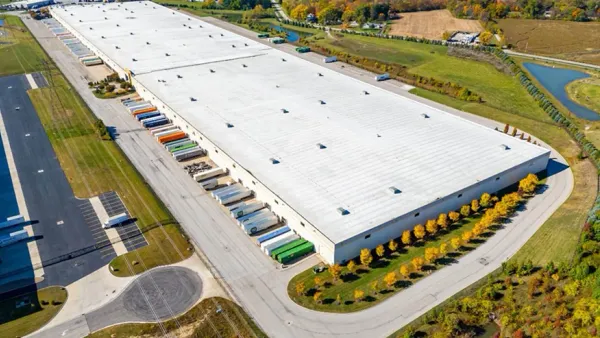This is a contributed op-ed written by John Mitchell, president and CEO of IPC, a global trade association representing the electronics manufacturing industry. Opinions are the author's own.
In October, President Donald Trump's administration announced a reframing of "Made in America" products and reiterated its view of an America-centric manufacturing future. President-elect Joe Biden's incoming administration has also focused on ways to reinvigorate American manufacturing in the wake of the crisis, aiming to expand domestic capacity and employment.
The pandemic revealed that too many global supply chains have grown too long and too fragile, incapable of the resilience and flexibility needed in response to systemic shocks like coronavirus.
And so, the outgoing Trump administration was right to say that the future of manufacturing will require industries to reevaluate how their products go from raw materials to consumers' hands.
Like most economic sectors, electronics manufacturing suffered a setback with the coronavirus pandemic, but it suffered less than many other industries — a testament to how central electronics are to almost every aspect of daily life. Yet, the supply chain shock inflicted by the virus has provoked a reexamination of accepted truths of supply chain management.
This experience has forced a reckoning on what changes need to be made moving forward.
Resiliency through regionalization
Supply chains of the future must not only optimize costs but also mitigate risks, particularly in overstretched systems that lack clear visibility into the various processes handled across foreign markets.
Companies may need to manage not one supply chain but several backup permutations. This network of supply chains will offer the resiliency many companies lacked during the pandemic.
The supply chain shock inflicted by the virus has provoked a reexamination of accepted truths of supply chain management.

Businesses will also need to bolster partners in their home regions. Economists predicted in a report published in May that coronavirus would not only halt but reverse certain aspects of globalization as producers become more aware of their vulnerabilities. This response will improve supply chain resilience as more companies bring manufacturing processes closer to home.
Fully onshoring manufacturing can be difficult or impossible within the electronics manufacturing ecosystem. But by better regionalizing supply chains — say, between the United States, Canada and Mexico — suppliers can capitalize on many of the benefits of domestic manufacturing.
One silver lining of the damage wrought by the pandemic is that it provides an opportunity to reengineer business as usual and more aggressively tackle the problems of tomorrow. And industry leaders understand this challenge: More than half of manufacturers surveyed early on in the coronavirus pandemic recognized that major changes would be necessary.
One silver lining of the damage wrought by the pandemic is that it provides an opportunity to reengineer business as usual.

American manufacturing has been a backbone of the response to and recovery from the coronavirus pandemic. But it finds itself at a crossroads where a world with new risks demands new paradigms.
A robust supply chain for complex goods will indeed require international cooperation. When it does, suppliers must find creative ways to ensure that supply chains are resilient enough to survive future challenges, whatever they may be.
This story was first published in our weekly newsletter, Supply Chain Dive: Procurement. Sign up here.














